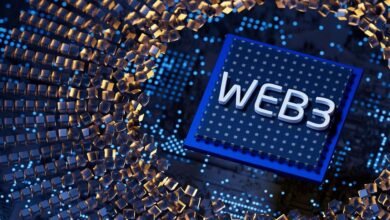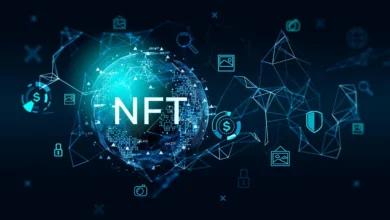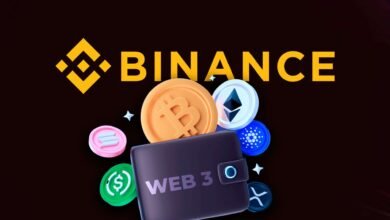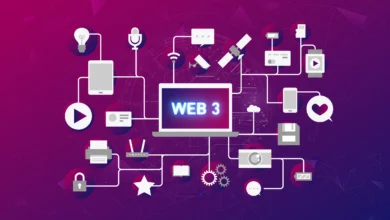
Intellectual Property in Web3. Web3, also known as the decentralized web, is the next generation of the internet that aims to provide a digital experience that is more transparent, secure, and user-centric while also protecting intellectual property.
Intellectual property rights (IP rights) cover artistic creations. The protection of Web3 intellectual property has become a top priority for artists and innovators in the quickly changing digital world. As digital materials and technology proliferate, it is getting harder and harder to maintain the integrity and ownership of creative works.
The decentralized structure of Web3 significantly modifies the established models for intellectual property protection. Web3 departs from the centralized, intermediary-driven architecture of the existing internet, known as Web2, by operating on the concepts of peer-to-peer (P2P) networks and trustless interactions. Fundamentally, Web3 creates an environment that is appropriate for IP protection in decentralized systems by promoting trust, automation, and autonomy.
Blockchain and Intellectual Property Rights
Blockchain is a crucial instrument for intellectual property protection because it records transactions across a decentralized network in a way that prevents tampering and guarantees data integrity.
Blockchain technology, a decentralized ledger system known for its immutability and transparency, is essential to Web 3. In addition to discouraging plagiarism and unauthorized use, a blockchain ledger makes it easier to establish ownership in legal disputes. Creators can, for instance, timestamp their works using blockchain technology to produce an unchangeable proof of ownership and authorship.
Regarding blockchain-based IP solutions, IP strategy software (IPwe) provides a blockchain-based patent registry, revolutionizing patent administration in the blockchain era; proof-of-existence projects timestamp documents on-chain; and OriginStamp adds artificial intelligence (AI) analysis for authenticity.
Smart Contracts for IP Protection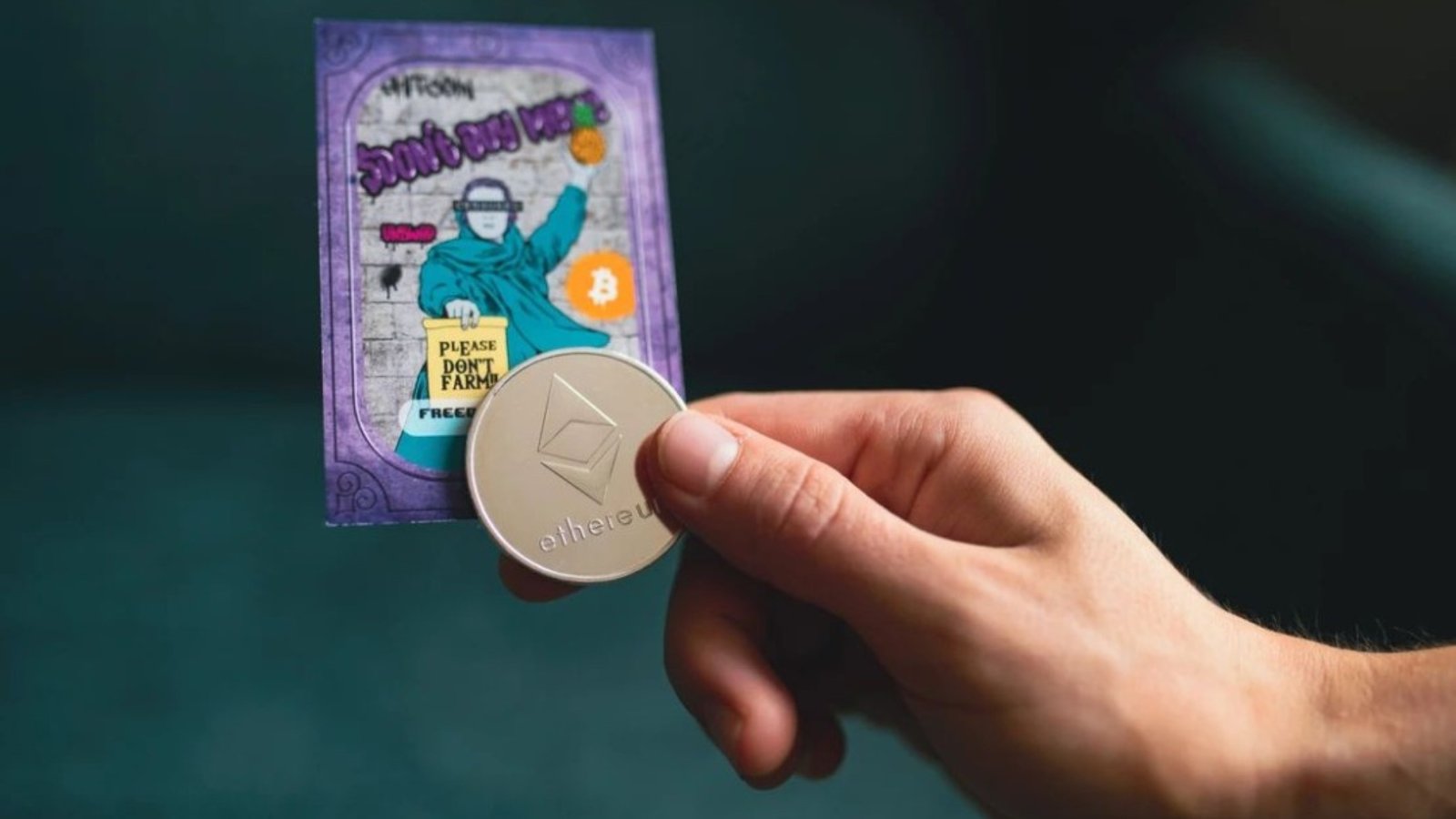
Smart contracts, which make use of blockchain technology, enable automatic IP rights enforcement, completely changing the way artists handle their intellectual property. Smart contracts, which are self-executing contracts with predetermined terms and conditions expressed in code, are a complement to blockchain technology. Authors can designate the usage of their work through smart contracts, which guarantee that royalties are paid out automatically each time their work is accessed or shared.
In addition to streamlining licensing procedures and doing away with the need for middlemen, this automated IP enforcement lowers the chance of infringement and gives creators more control and peace of mind over their works. Essentially, the creation of smart contracts for intellectual property rights is a big step forward in terms of how we organize, safeguard, and profit from inventions and creative works.
By allowing users to write legal agreements as smart contracts and expediting the contract formation process, tools like as InvArch and OpenLaw simplify legal agreements.
Tokenization of Intellectual Property
Tokenization, a Web3 IP enforcement technique, enables the use of tokens to represent ownership of tangible or digital assets on the blockchain. IP tokenization is revolutionizing the way artists monetize and safeguard their works. It offers a clear, safe mechanism for creators to tokenize their assets, guaranteeing unchangeable ownership proof and facilitating easy trade of digital rights.
With smart contracts regulating licensing and royalties in decentralized networks, this crypto paradigm shift democratizes access to IP ownership and creates new sources of income. The tokenization of intellectual property is set to reshape conventional ideas of ownership and copyright, especially with the emergence of decentralized finance (DeFi) and nonfungible tokens (NFTs).
Do NFTs have Copyright Protection?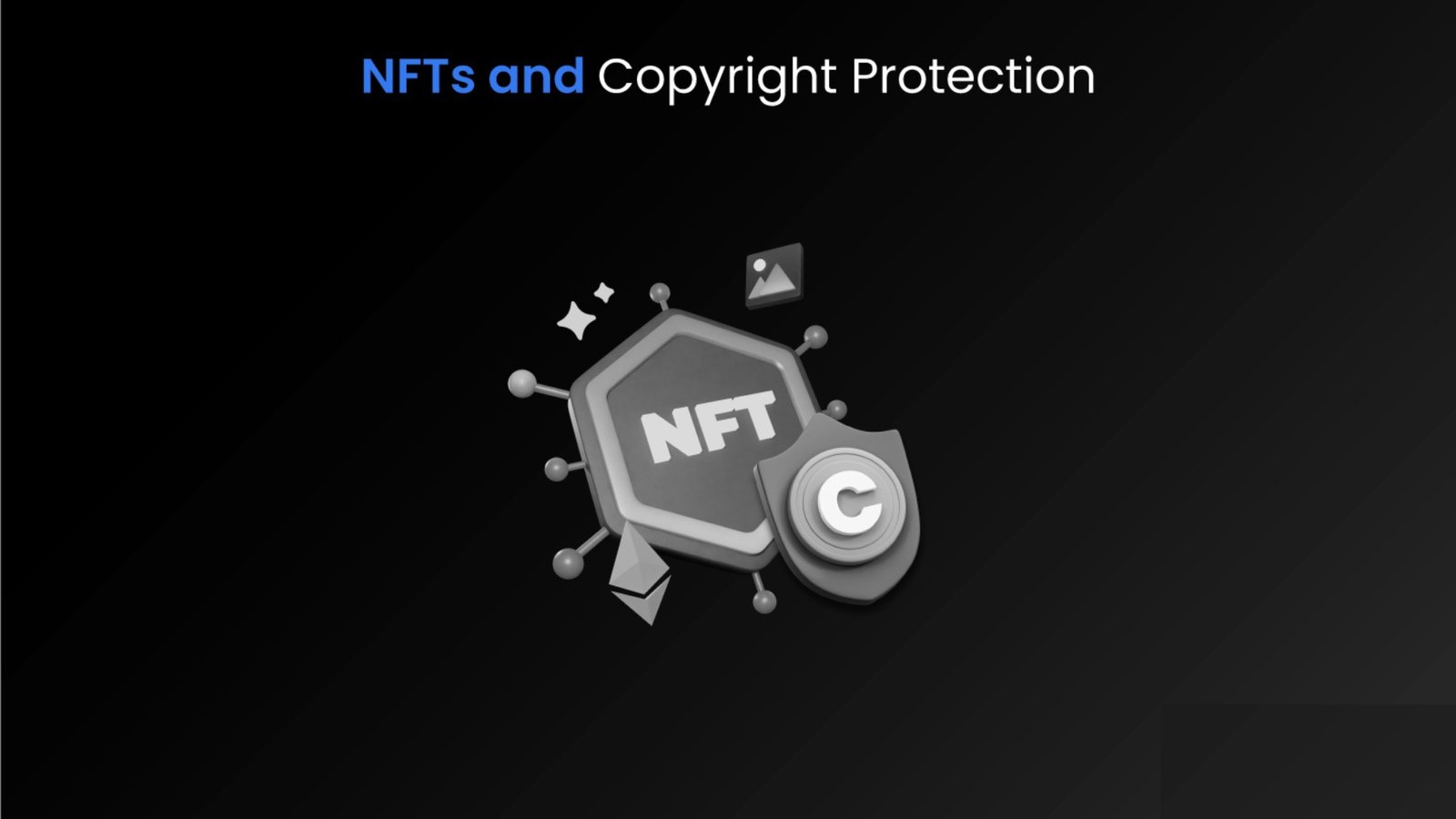
Even though NFTs give authors a fascinating new way to make money off of their creations, concerns about copyright protection in Web3 remain, leading to significant legal ambiguities and dangers for both sides.
NFTs provide a cutting-edge method for tokenizing digital goods, such as songs, artwork, and even tweets, and distributing ownership via blockchain. They have quickly gained notoriety, changing the face of the digital world and upending preconceived ideas about value and ownership. The junction of NFTs and IP, where creators and buyers negotiate a complicated web of rights and duties, is at the center of this phenomenon. The NFTs concept’s intrinsic digital scarcity can be crucial to the preservation of intellectual property.
Although acquiring an NFT does not automatically grant IP rights, some collections—like Boresome Ape Yacht Club—have deviated from this standard by giving owners full IP rights. Thanks to this special function, owners may make money off of their NFTs through collaborations with brands and music videos.
IP-backed NFTs are traded and mint via NFT marketplaces like OpenSea, Rare, and SuperRare, while fractional ownership platforms allow shared ownership of digital assets, making investment in the rapidly expanding NFT sector more accessible.
Can DAOs Legally own Intellectual Property?
DAOs provide a new method for cooperative digital rights management and enforcement in the IP domain. Decentralized autonomous organizations, or DAOs, are a revolutionary development in governance that provide communities the ability to jointly manage resources and make decisions on their own.
To the mutual advantage of creators and stakeholders, these autonomous organizations can design clear protocols for IP tokenization, licensing, shared asset ownership, and revenue distribution. Initiatives like as Aragon facilitate decision-making processes for intellectual property in the Web3 environment by offering the necessary infrastructure and tools for DAO governance.
Strategies for IP Protection in Web3
DAOs present an innovative method for cooperative digital rights management and enforcement in the context of intellectual property. Communities may now manage resources and make choices collaboratively thanks to the revolutionary advancement in governance brought about by decentralized autonomous organizations, or DAOs.
Both creators and stakeholders stand to gain from the transparent protocols that these self-governing organizations can build up for IP tokenization, licensing, shared asset ownership, and revenue sharing. In the Web3 environment, initiatives like as Argon facilitate decision-making processes relating to intellectual property issues by offering the necessary architecture and tools for DAO governance.
Being alert is also crucial. To trace the use of IP assets and identify instances of infringement, continuous monitoring of those assets across decentralized networks is required. In this sense, blockchain analytics tools and digital monitoring services are essential because they let creators spot illicit usage and act quickly to protect their intellectual property.
Specialized platforms that use AI and Web3 data analysis have evolved to further improve IP protection. Advanced features like automatic takedown notice creation and visual identification to identify infringement violations across NFT markets are provided by these platforms.
IP Challenges in Web3
Notwithstanding the many benefits, managing Web3 intellectual property rights comes with a number of difficulties. The most significant is the impending threat of legal frameworks for intellectual property protection in Web3, as governments attempt to monitor this rapidly expanding sector and may end up with a complicated regulatory environment. The decentralized nature of Web3 makes it difficult for traditional laws to adjust, especially when it comes to jurisdictional uncertainty and anonymity.
The use of pseudonymous addresses in lieu of real names for transactions makes it more difficult to detect and resolve intellectual property violations. To combat this, specialized mechanisms for identity verification and dispute resolution are essential. These tools may involve reputation systems inside DAOs or partnerships with legal professionals experienced in decentralized settings.
Problems with interoperability make things even more difficult. As more and more decentralized IP management systems appear, it is critical to make sure they work together. To do this, developers must cooperate and standardize, which is a difficult task given the ecosystem’s decentralized structure.
IP and Web3 conflicts can take many different forms, such as widespread copyright violations made possible by the ease with which content can be shared online and the growth of fake and plagiarized works. Cross-chain copycats, orphaned works, and smart contract vulnerabilities that allow unauthorized access or manipulation of IP-protected assets also present difficulties.

